GPCR/G protein

All GPCRs share a common seven trans-membrane structure. GPCRs are associated with heterotrimeric G-proteins which are GTP-binding proteins made of alpha, beta, and gamma subunits. When a ligand binds to GPCR, it activates the attached G-protein, the GDP is replaced with GTP. The activated G-protein then dissociates into an alpha and a beta-gamma complex which activates downstream signaling pathways. These intracellular signaling pathways include cAMP/PKA, calcium/NFAT, phospholipase C, protein tyrosine kinases, MAP kinases, PI-3-kinase, nitric oxide/cGMP, Rho, and JAK/STAT.
GPCRs are one of the most important therapeutic targets for various diseases, over 30% of all modern medicinal drugs target this family. Aberrant GPCR functions are involved in pathological conditions such as neurological, immunological and hormonal disorders. A large number of GPCRs have been identified, but whose ligands are not known, are classified as orphan receptors.
-
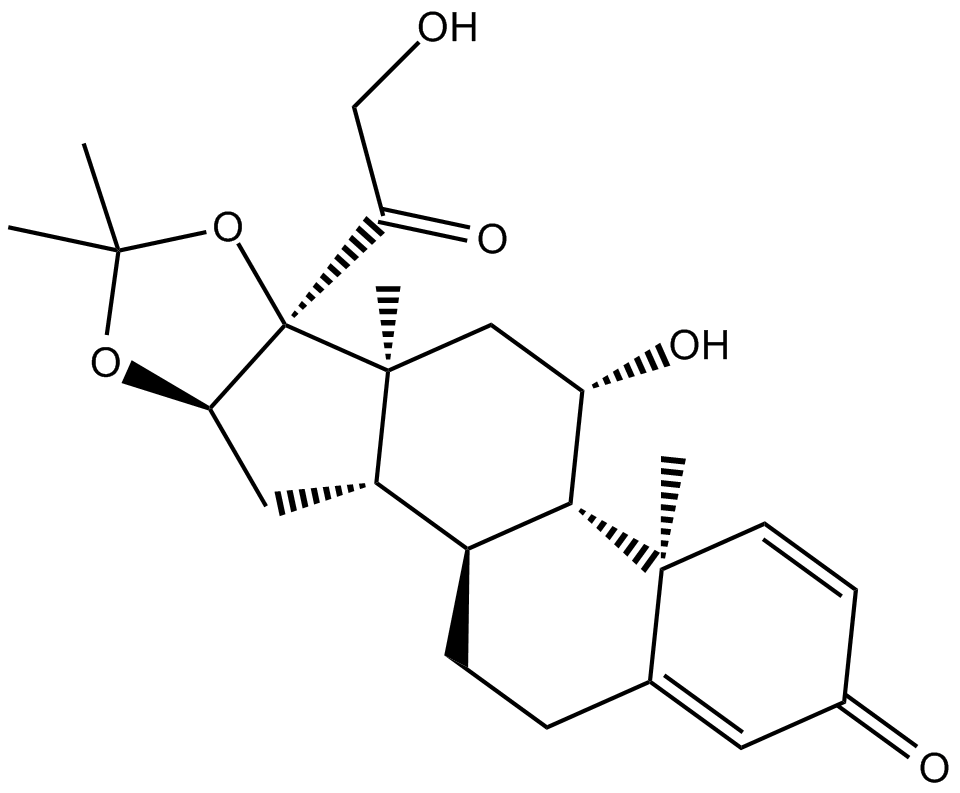 B2158 DesonideSummary: nonfluorinated corticosteroid anti-inflammatory agent
B2158 DesonideSummary: nonfluorinated corticosteroid anti-inflammatory agent -
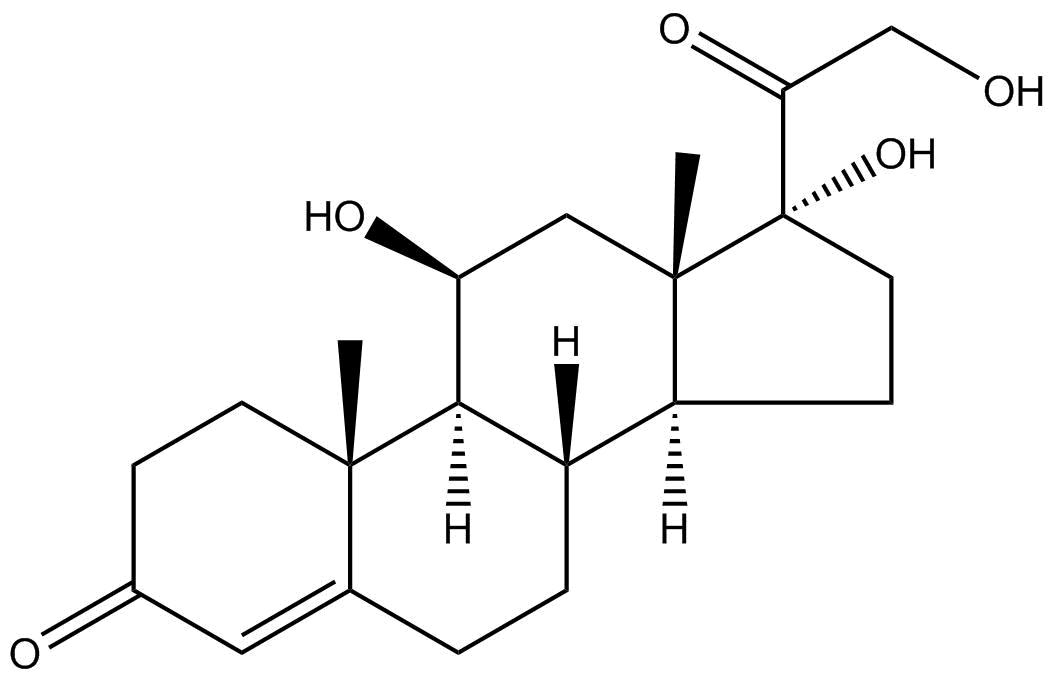 B1951 Hydrocortisone6 CitationSummary: steroid hormone or glucocorticoid
B1951 Hydrocortisone6 CitationSummary: steroid hormone or glucocorticoid -
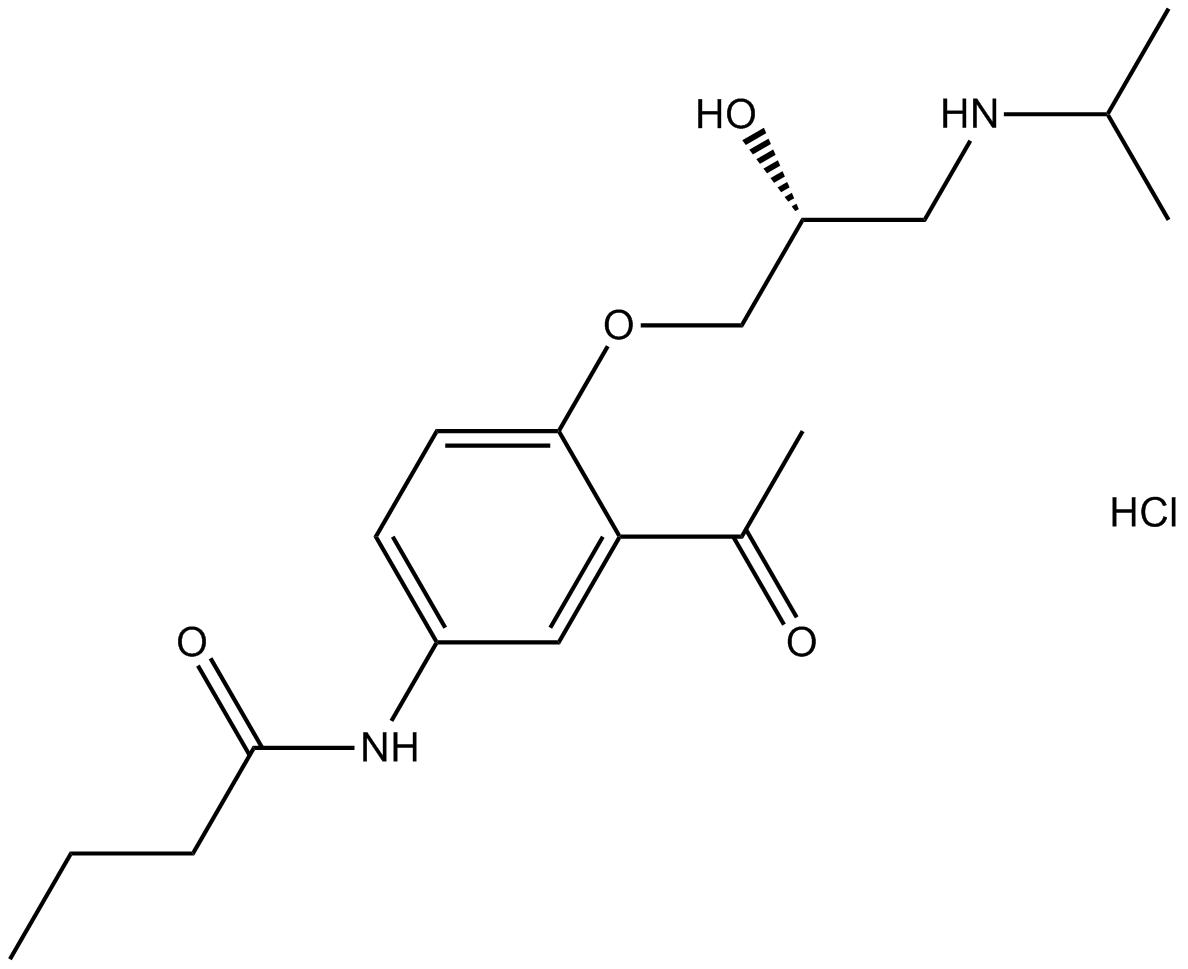 B1330 Acebutolol HClSummary: β-adrenergic receptors antagonist
B1330 Acebutolol HClSummary: β-adrenergic receptors antagonist -
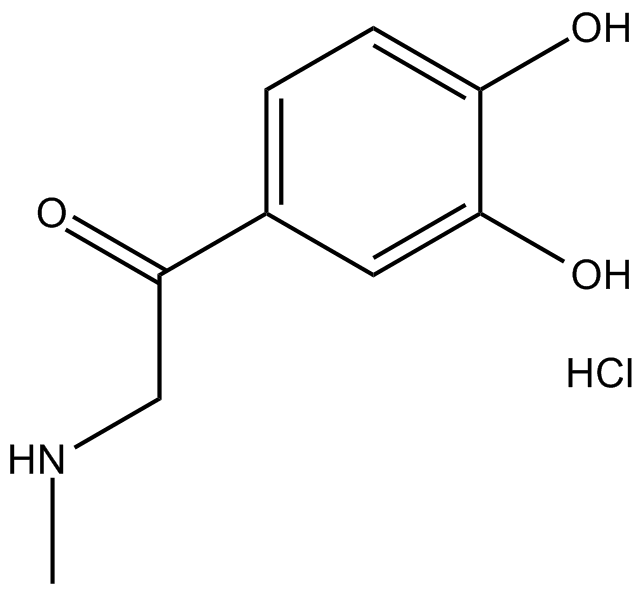 B1331 Adrenalone HClSummary: Adrenergic receptor agonist
B1331 Adrenalone HClSummary: Adrenergic receptor agonist -
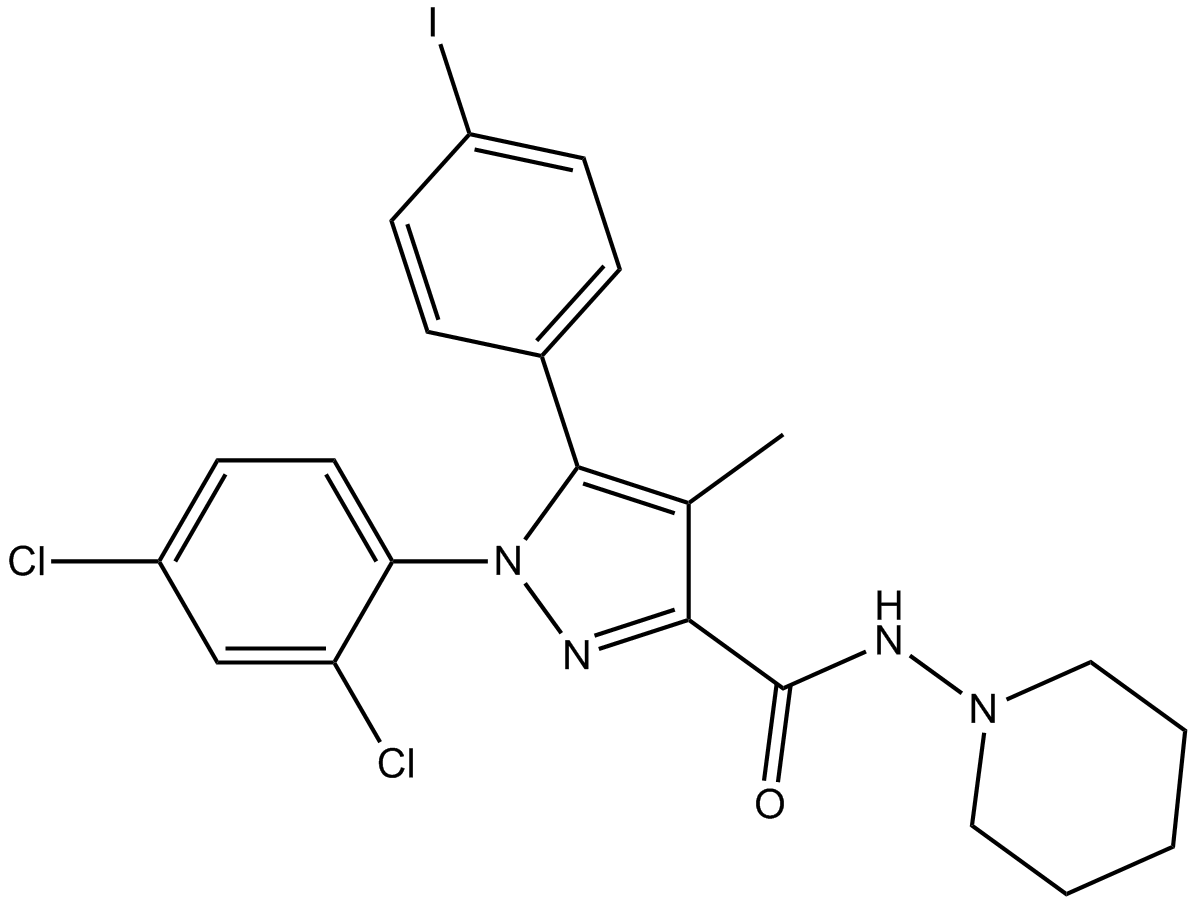 B1427 AM251Target: CB1 ReceptorsSummary: Potent CB1 antagonist
B1427 AM251Target: CB1 ReceptorsSummary: Potent CB1 antagonist -
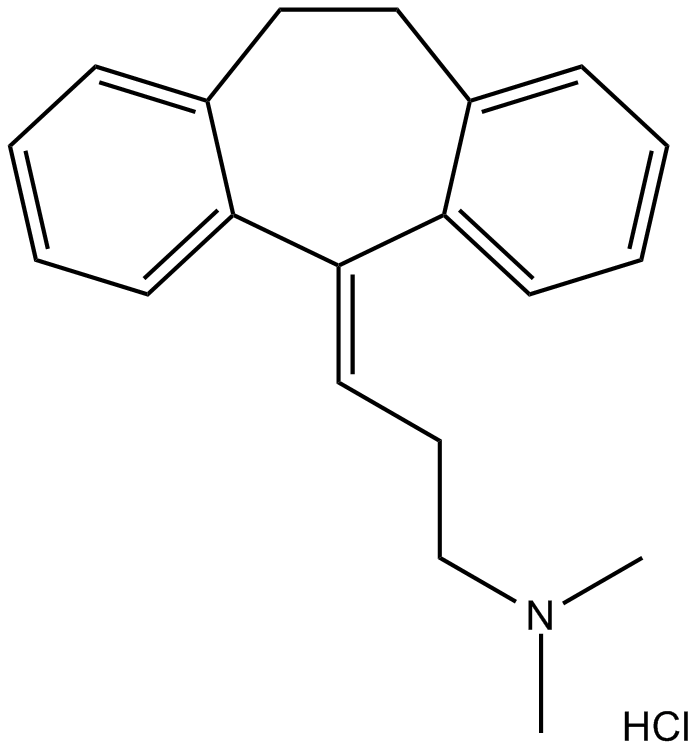 B2231 Amitriptyline HClTarget: Trk Receptors|5-HT2 Receptors|Norepinephrine transporter|5-HT TransportersSummary: Serotonin /norepinephrine receptor/5-HT4/5-HT2 inhibitor
B2231 Amitriptyline HClTarget: Trk Receptors|5-HT2 Receptors|Norepinephrine transporter|5-HT TransportersSummary: Serotonin /norepinephrine receptor/5-HT4/5-HT2 inhibitor -
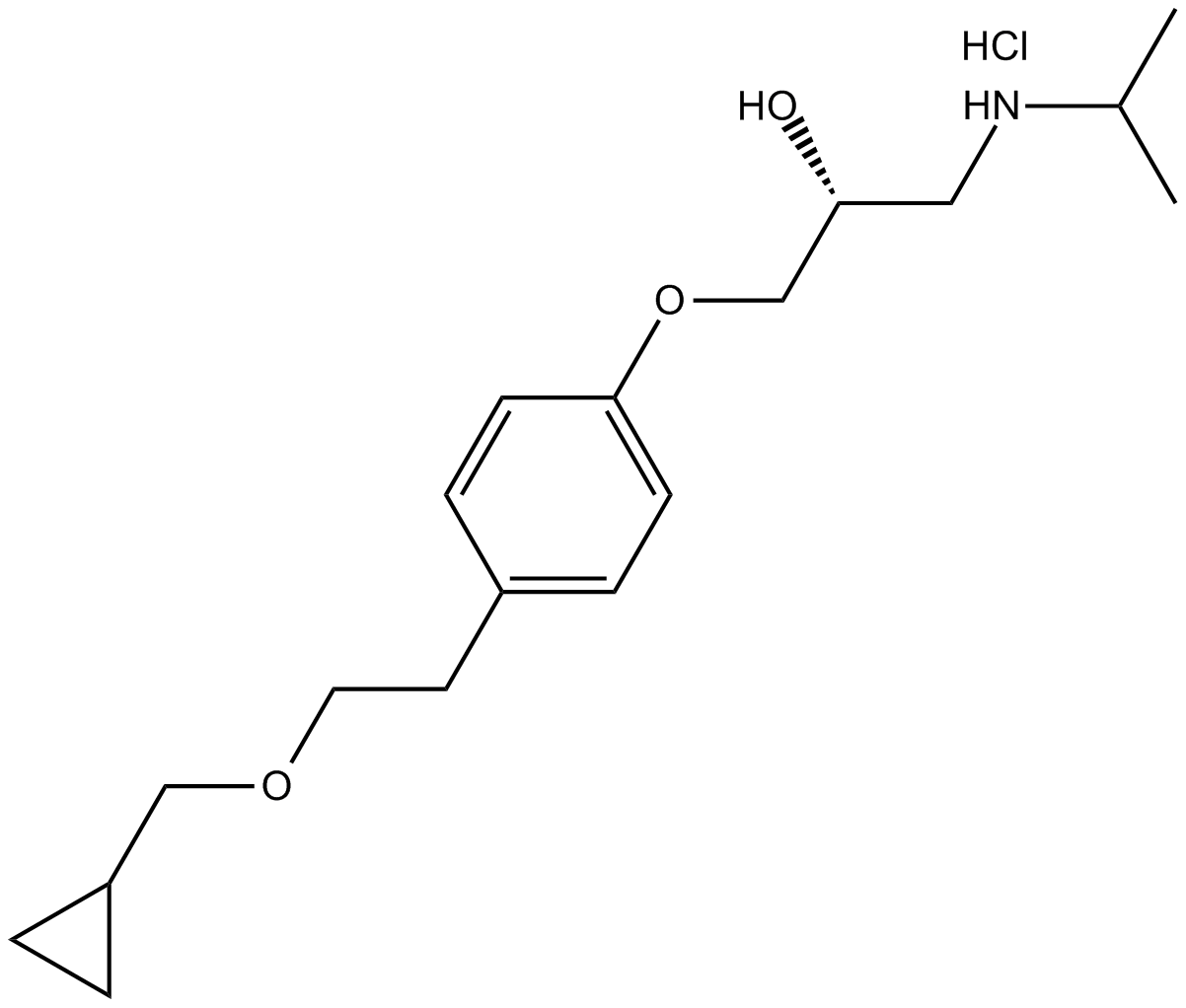 B1353 Betaxolol HClSummary: β1 adrenergic receptor blocker
B1353 Betaxolol HClSummary: β1 adrenergic receptor blocker -
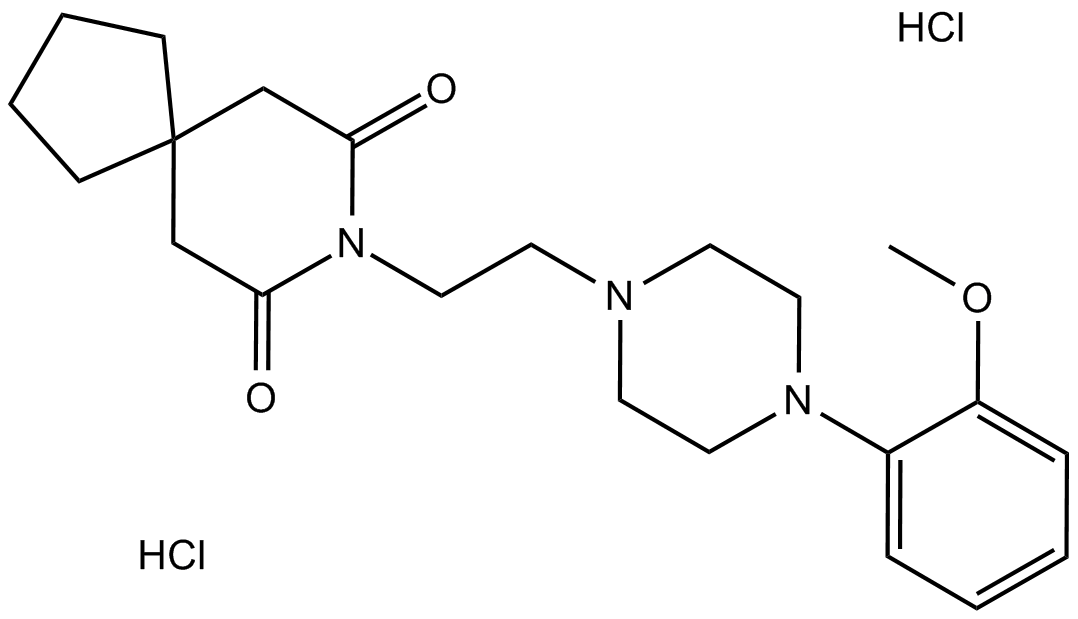 B2263 BMY 7378Summary: 5-HT1A partial agonist and α1D adrenoceptor antagonist
B2263 BMY 7378Summary: 5-HT1A partial agonist and α1D adrenoceptor antagonist -
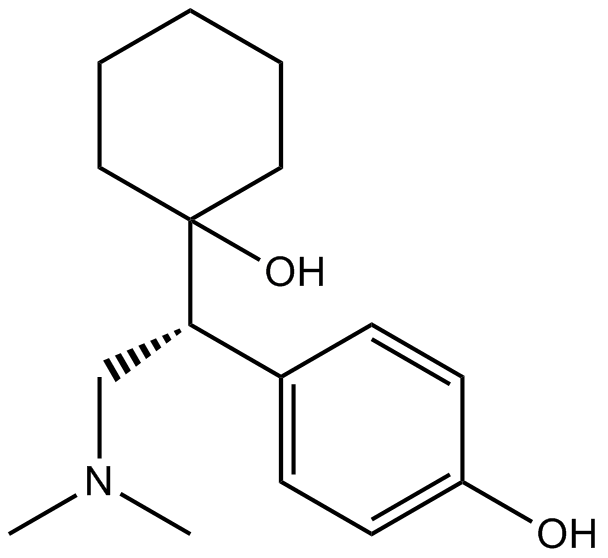 B2236 DesvenlafaxineTarget: 5-HT Transporters|Norepinephrine transportersSummary: serotonin (5-HT) and norepinephrine (NE) reuptake inhibitor
B2236 DesvenlafaxineTarget: 5-HT Transporters|Norepinephrine transportersSummary: serotonin (5-HT) and norepinephrine (NE) reuptake inhibitor -
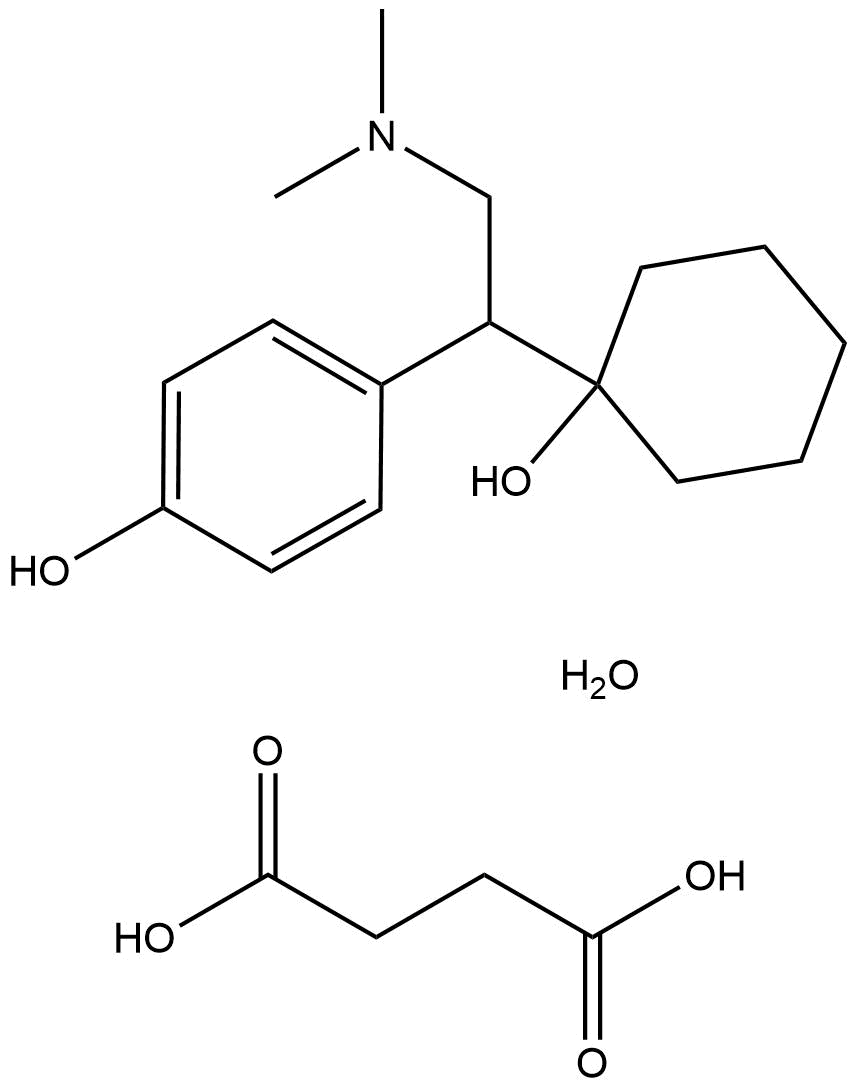 B2246 Desvenlafaxine SuccinateSummary: serotonin (5-HT) transporter and norepinephrine (NE) transporter reuptake inhibitor
B2246 Desvenlafaxine SuccinateSummary: serotonin (5-HT) transporter and norepinephrine (NE) transporter reuptake inhibitor

